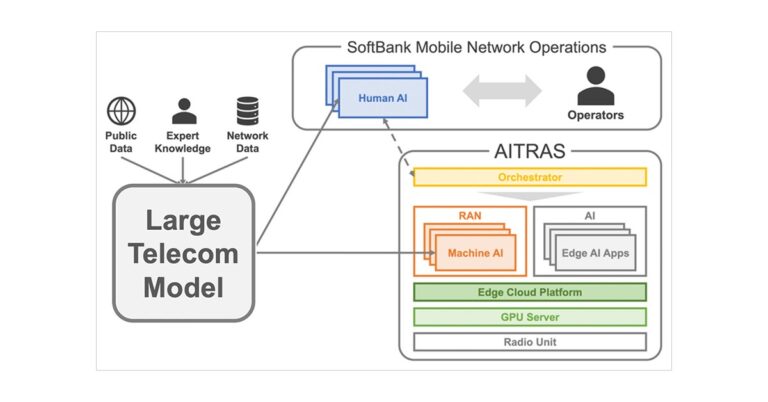The telecommunications sector in Southeast Asia is poised for significant transformation in 2025, propelled by emerging technologies and strategic shifts in the industry. This comes after a notable increase in investments in 2024, with the Asia-Pacific communications sector witnessing a 69% surge in Greenfield foreign direct investment, reaching USD 40 billion. Specifically, Indonesia attracted $2.02 billion in telecom FDI, while Vietnam received a substantial proposal from SpaceX for its Starlink satellite internet service.
The Digital Infrastructure Boom: AI and Data Center Expansion
With the rapid adoption of AI and the shift towards cloud computing, there is an increasing demand for high-density computing power and secure data hosting. Telecom operators are expanding their data center capabilities to meet these needs. For instance, Singtel is at the forefront, developing a 58MW AI-ready facility in Singapore, which is set to be one of the most advanced in the region. Additionally, their collaborations, such as the joint venture with Telekom Malaysia to construct a 64MW hyperscale data center, underscore the strategic importance of robust digital infrastructure in supporting AI and cloud computing.
Leveraging AI for Telecom Enhancement in ASEAN
Artificial intelligence is revolutionizing the telecom industry by enhancing network operations, customer service, and business intelligence. Thailands AIS has integrated AI across over half of its network sites, resulting in a 4.4% reduction in energy consumption and a 2% decrease in utility expenses. Moreover, their AI-powered customer service solutions handle over a quarter of all customer interactions, achieving a 94% customer satisfaction rate. This integration of AI not only improves operational efficiencies but also enhances the customer experience, positioning telecom operators as key players in ASEAN’s expanding digital economy.
Strategic Market Consolidation in ASEAN Telecoms
In Thailand, the merger of TRUE and DTAC has significantly transformed the telecom landscape, creating the country’s largest telecom operator. This consolidation has led to a more sustainable competitive environment, improving the Average Revenue Per User (ARPU) and setting the stage for TRUE to achieve profitability and announce its first dividend by 2025. However, markets like Malaysia and the Philippines continue to experience intense competition, which challenges the benefits of past consolidations.
Financial Strategies for ASEAN Telecoms: Balancing Capex and Dividends
ASEAN telecom operators are reducing capital expenditures and increasing dividends. Singtel, for example, is unlocking value by identifying S$12-13 billion in assets for monetization, which will support enhanced dividends. They project a dividend yield of 5.2% for FY2025. Similarly, AISs operational efficiencies from AI implementation are expected to support an 11% increase in dividend payouts in 2025. This strategic financial optimization is making ASEAN telecom stocks increasingly attractive to income-focused investors.
Monetizing Telecom Infrastructure for Capex Efficiency in ASEAN
Telecom operators are also monetizing their infrastructure assets, such as towers and fiber networks, to free up capital for reinvestment in higher-margin digital services. PLDTs sale of a portion of its telecom towers is a prime example of this trend. This capital discipline is improving financial metrics and making the sector more appealing for investment.
Key Takeaways
Looking ahead, the ASEAN telecommunications sector is set to undergo significant changes. Market consolidation in countries like Thailand and Indonesia is improving pricing discipline and operator profitability. On the other hand, intense competition in Malaysia and the Philippines is suppressing growth in ARPU. Additionally, regulatory changes and the upcoming 5G rollouts will add layers of complexity to investment strategies. Nevertheless, the focus on AI adoption, digital infrastructure investments, and financial optimization will likely drive the sector’s transition from a capital-intensive to an efficiency-driven model. As the digital economy in ASEAN expands, telecom operators that embrace innovation and regulatory agility are poised to lead the market.





















